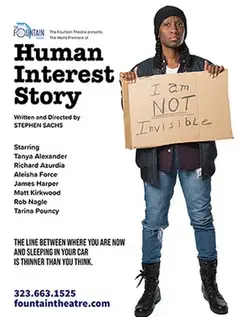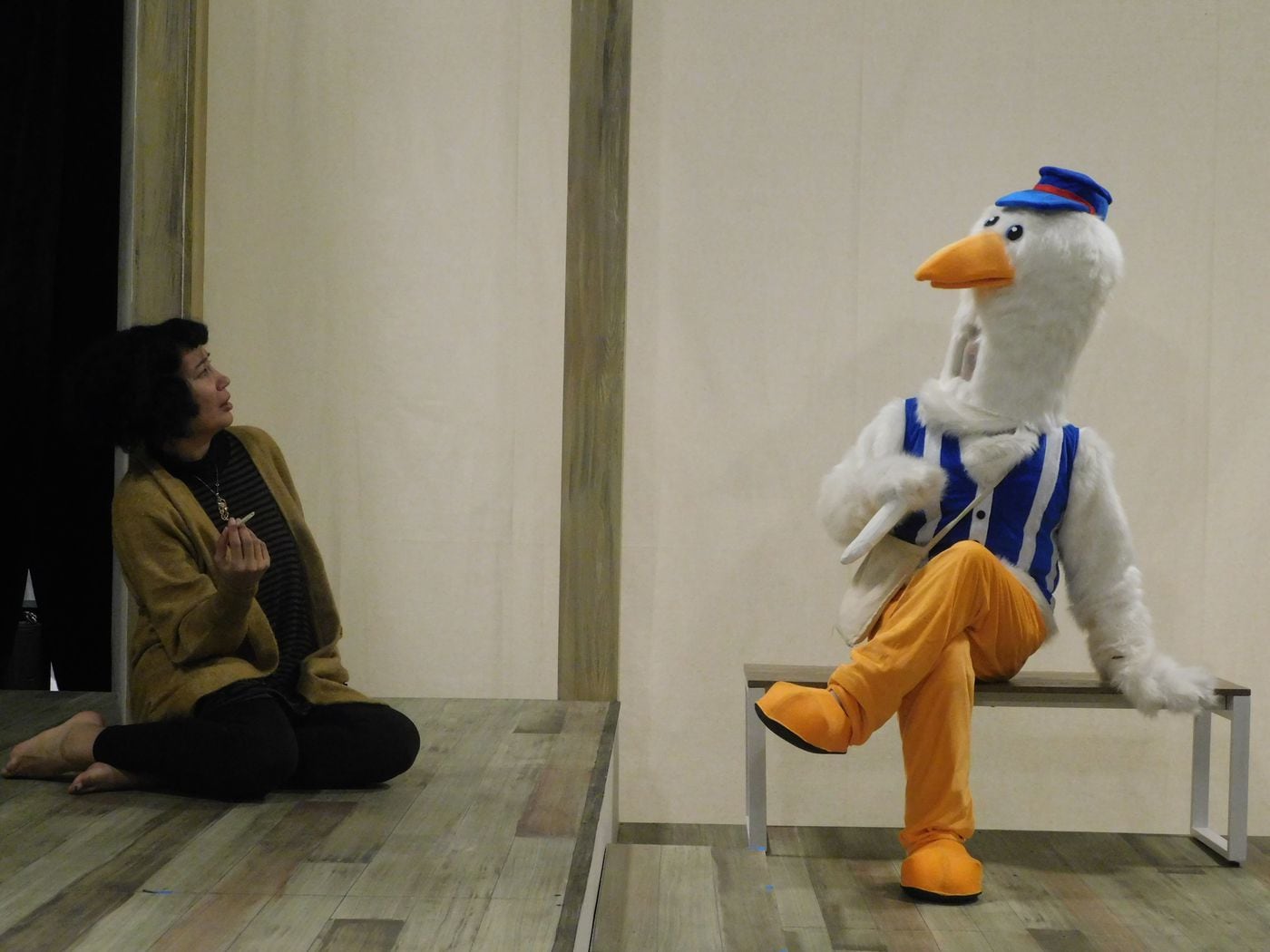
Photo Credit…Cherie B. Tay
After my first experience of Theater for One — back in pre-pandemic days, when it meant sharing a small booth with an actor who performed a short play for you — I imagined it as what speed dating would be if you fell in love with everyone you met. Sitting that close to an actor’s face, hearing a story I could not avoid being part of because no one else was there to hear it, I was instantly drawn into the uncanny, enraptured collaboration of theater, with its roots in campfire tales and community bonding and a parent’s hushed voice at bedtime.
So when I learned that Theater for One was returning for six Thursdays this summer, in socially distanced form online, I worried that its contract with the audience would be broken. I’d attended enough Zoom meetings to know that “eye contact” had become metaphorical, a digital illusion mediated in both directions by the computer’s camera. How often I’d tried to wink or wave at a colleague, only to realize I was signaling 40 people indiscriminately — and reaching none.
But Theater for One, the brainchild of the scenic designer Christine Jones, turns out to be more adaptable than I thought. In “Here We Are,” its first online project, it has found workarounds for some of Zoom’s most alienating aspects, in the process creating not just a substitute version of the earlier experience but, in some ways, a moving improvement on it.
Its theatrical core is unchanged. Just as in Times Square or Zuccotti Park or any other location where T41 (as it is abbreviated) used to perform in person, you begin by getting in line — only now the line is virtual. Prompts like “What space are you creating in your heart today?” open conversations among anonymous theatergoers in the queue, who type answers that show up and disappear like fireflies on the screen. (Those answers are far more revealing than they would be in real life.) After a while, when a slot opens, you are whisked into a private space, not knowing whom or what you will see there; the assignations are random.
I caught four of the eight “microplays,” averaging about seven minutes each, that T41 commissioned for “Here We Are.” (The other four include works by Lynn Nottage and Carmelita Tropicana.) In honor of the centennial of ratification of the 19th Amendment, and in support of Black Lives Matter, all were written, directed, designed and performed by people of color, most of them women. The monologues are variously witty, worshipful, angry and determined as they take on subjects as widespread as writer’s block, political action, foster care and suffrage itself.
If no single theme unites them, they do share, as the omnibus title suggests, an intense feeling of the immediate present. In Jaclyn Backhaus’s “Thank You Letter,” a South Asian woman played by Mahira Kakkar writes to Representative John Lewis shortly after his death in July, in gratitude for his lesser-known work on immigration. And in Regina Taylor’s “Vote! (the black album),” Taylor plays a Black woman planning to honor her forebears, who dressed in their Sunday best to cast their ballots, by putting on a mask to mail hers.
The pandemic is a given in all the plays but generally takes second place to other concerns. In Lydia R. Diamond’s “whiterly negotiations,” directed by Tiffany Nichole Greene, a “crazy-ish Black woman writer” played by Nikkole Salter vents on Zoom about a white editor’s microaggressions. But neither her dudgeon nor the Zoom itself turn out to be what they first seem; in a code-switching coda, Diamond suggests just how confusing our world’s new terrain can be.
Part of the cleverness — and effectiveness — of “whiterly negotiations” comes from not knowing who you, the viewer, alone in a virtual space with Salter, are meant to be in the story. If you are white, as I am, you might wonder whether you are standing in for the white editor, which is uncomfortable but eye-opening. If you are Black you might think you are a friend listening for the umpteenth time to the character’s spiel. One thing you can’t ever feel, because Salter looks right at you, is that you are a disinterested bystander.
That dynamic more or less informs all four plays I saw. In “Vote!” I felt like both a generalized ear and, because Taylor is such a compelling actor, the specific recipient of her intended message. (She is beautifully directed by Taylor Reynolds.) In “Thank You Letter,” Kakkar’s character immediately enlists you in her story by thanking you for listening. “Hi I don’t know you but I’m going to talk if it’s okay?!” she says. “I come from a long line of nontalkers.”More to See OnlineTheater to Stream: A World of Fringe and More ApplesAug. 26, 2020
The conflict I have often felt between being an observer and a participant in the stories I go to the theater to see is intensified and finally obviated by T41’s approach. You have to be both, at least in part so as not to seem rude to the actor, who is being both for you. I felt this most acutely in Stacey Rose’s “Thank You for Coming. Take Care,” directed (like “Thank You Letter”) by Candis C. Jones. Patrice Bell plays a woman serving a long sentence in prison; I played, and you will too if you see it, a foster parent who has been raising the woman’s daughter for two years and now hopes to adopt her.
“You don’t look anything like I expected,” Bell’s character says at the start. “Like your hair, I thought it’d be” — and here the script instructs her to describe a kind of hair that’s “opposite to” whatever yours is. “I thought it’d be blond” is what she said to me.
“Thank You for Coming,” so specific and evenhanded, would have been a heartbreaker in any format. But especially now, in moments like that, enhanced by terrific acting, you feel seen in a way that has been too often absent these six months — and maybe longer. Intimacy in the live theater is always touch-and-go. On display alone in our homes, we are much more seen than usual.
Seen and sometimes implicated. After all, everyone is part of everyone else’s story. In our isolation, it can be hard to remember that. From its title on, “Here We Are” is not about to let us forget.
By Jesse Green for the New York Times. Read the full article here.










